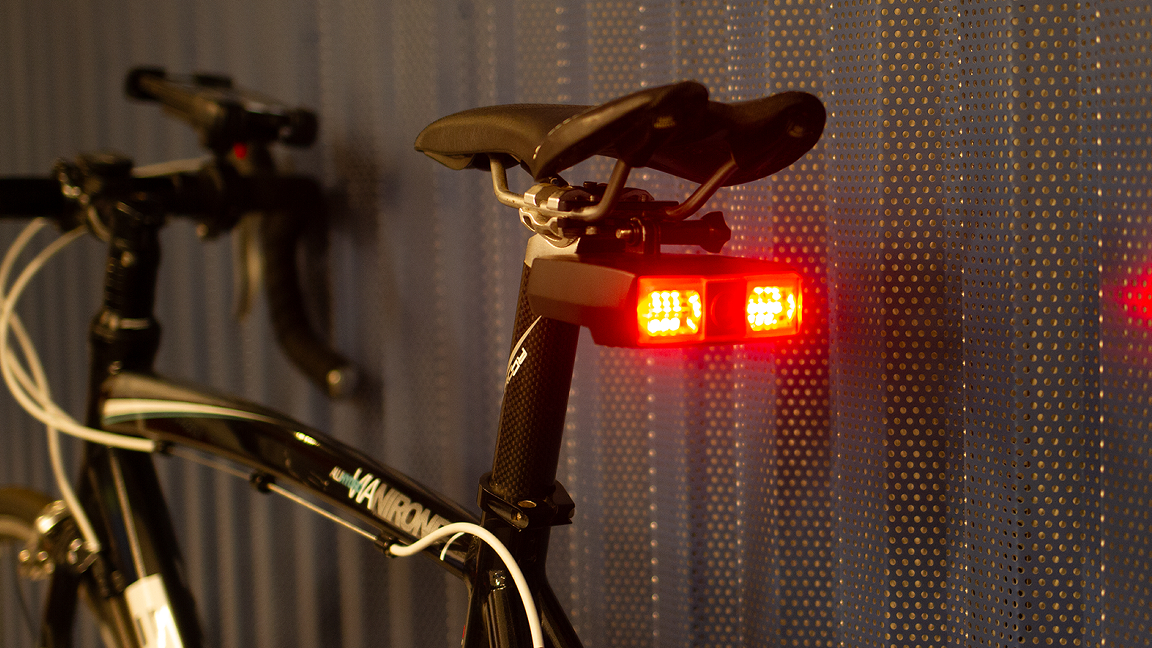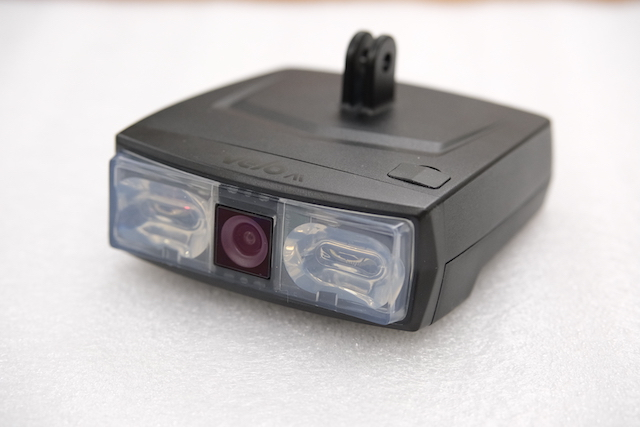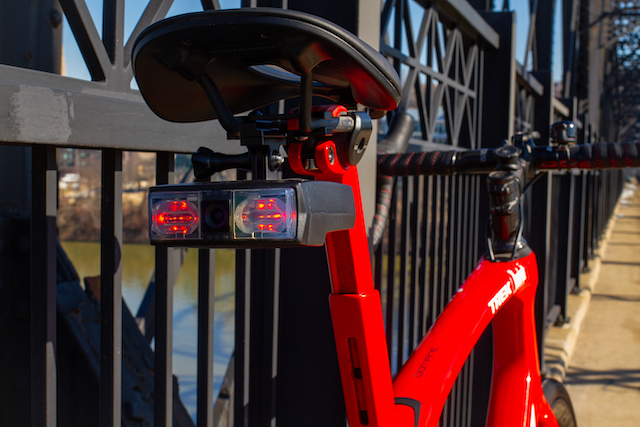Vela AI uses Raspberry Pi Compute Module 4 to enable safety-conscious smart bikes

The Raspberry Pi is much more than a hobbyist's board. After more than a decade, it's not uncommon to find them in professional environments and even in commercial products like Velo AI's Copilot device. This gadget attaches to your bike to make it a "smart bike," thanks to a bit of help from our favorite SBC.
The founders behind Velo AI, Clarke Haynes and Micol Marchetti-Bowick, recently interviewed with Raspberry Pi, who shared some exclusive details about the development of Copilot. Initially, the team wanted to use Nvidia Jetson boards, but it quickly became obvious that a Raspberry Pi would be cost-effective while providing just enough power to handle the AI workload. It also helps that the Pi works in tandem with a Hailo AI co-processor.
Copilot is designed to be attached to your bicycle. It uses a camera to scan the environment for surrounding traffic. When a car is detected, Copilot can send various notification signals to the driver. You can enable audio-based notifications or even flash LEDs to let you know when a vehicle is following or trying to pass.


The exact model used in the Copilot is a Raspberry Pi Compute Module 4. It works as the main processor and is aided by the Hailo AI in processing the images it captures using an Arducam camera module. The setup also includes a mount so it can be fixed to your bicycle's seat post or saddle rail. As an optional addition, you can use your smartphone to access the Copilot app to get even more control over the system.
Copilot is currently available for sale over at the Velo AI website. Units are expected to begin shipping this March. According to the official produce page listing, Copilot is priced at $399.
If you want to get a closer look at this Raspberry Pi-powered creation, check out the interview shared by Raspberry Pi. Be sure to follow Velo AI for more cool developments and any future updates to this one.
Get Tom's Hardware's best news and in-depth reviews, straight to your inbox.

Ash Hill is a contributing writer for Tom's Hardware with a wealth of experience in the hobby electronics, 3D printing and PCs. She manages the Pi projects of the month and much of our daily Raspberry Pi reporting while also finding the best coupons and deals on all tech.
-
Findecanor Is choosing the name "Copilot" for a new AI-based product really a good idea?Reply
Don't you think people would get massively confused about what it is, who is behind it, and what the system does with the image data? -
bit_user Something about "safety-conscious" and hardware without ECC memory feels wrong. However, I guess it's not actually a safety-critical system (i.e. you can still safely operate the vehicle if it malfunctions or dies).Reply
As for their approach, I just use a rearview mirror attached to my bicycle helmet. Works well enough for me. -
USAFRet If you need your bike to tell you about surrounding traffic, you're doing it wrong.Reply
Get off the phone, eyes up, and look around. -
CelicaGT A novel approach but the high price won't pull potential buyers from existing products. Note that these Garmin units are simply rear facing radar but the end use is the same. As a cyclist I definitely will stick to a known, reliable brand, the fact it integrates with my existing kit is icing on the cake.Reply
https://www.garmin.com/en-CA/p/669024 -
SparklyIO Reply
You fundamentally miss the point. This is a Defensive Driving tool for bikers. Drivers are the primary threat to non-drivers on a street, and this is intended to reduce risks that drivers in 4,000-lb+ metal cages coming double or triple your speed behind you pose if, as the person in front, you can have any control.USAFRet said:If you need your bike to tell you about surrounding traffic, you're doing it wrong.
Get off the phone, eyes up, and look around.
Although, I would concede that extra alerts probably won't save a biker when a driver intending to do harm or even not paying attention (because of their phone??) And drives up fast behind on a collision path.
Trying to think of a car analogy equivalent.... itd be you're in a car or truck and 80,000-lb dump trucks 20x your weight) outnumbered you on the road by 10x, and they could go 0-60 in 8-secs and go 3-4 times your speed by pressing on a pedal. You might want defensive, rear facing alerts more than just your mirrors. -
USAFRet Reply
Believe me, I fully understand defensive cycling.SparklyIO said:You fundamentally miss the point. This is a Defensive Driving tool for bikers. Drivers are the primary threat to non-drivers on a street, and this is intended to reduce risks that drivers in 4,000-lb+ metal cages coming double or triple your speed behind you pose if, as the person in front, you can have any control.
Although, I would concede that extra alerts probably won't save a biker when a driver intending to do harm or even not paying attention (because of their phone??) And drives up fast behind on a collision path.
Trying to think of a car analogy equivalent.... itd be you're in a car or truck and 80,000-lb dump trucks 20x your weight) outnumbered you on the road by 10x, and they could go 0-60 in 8-secs and go 3-4 times your speed by pressing on a pedal. You might want defensive, rear facing alerts more than just your mirrors.
I've lived long stretches of my life with only a bike.
This thing warning that a car is coming up behind me is something I should already have known. -
COLGeek Having ridden 10's of thousands of miles in both the US and Europe, something like this concerns me. It potentially gives riders a false sense of security, rather than remaining fully aware and vigilant while riding.Reply
There is a downside to this crutch. One will never be attached to anything I ride.